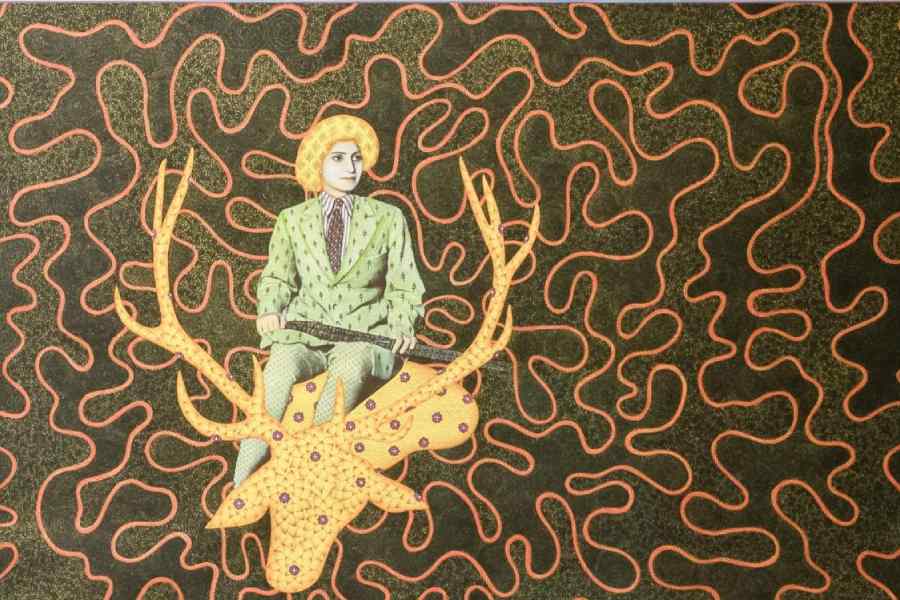What the Camera Didn’t See at TRI Art & Culture, in collaboration with MAP Bangalore and curated by Khushi Bansal and Arnika Ahldag, engaged viewers in a dialogue between past and present, history and imagination. The artist, Alexander Gorlizki, working with Pink City Studio under the master miniaturist, Riyaz Uddin, presented a fresh perspective on historical photographs.
These photographs, drawn primarily from the MAP collection and spanning over 130 years, became canvases for Gorlizki’s intricate embellishments. The original images, captured by both known and anonymous photographers, were recontextualised with fantastical elements, subverting and expanding their narratives. This act of reimagining highlighted the subjective nature of history.
The exhibition challenged viewers to question the authenticity of photographic documentation. Conceptualised in Brooklyn, artisans like Papuji, Kamalesh, Rahim, Kamal, Javed, Mahendra, Nahid, and Yogesh brought the intricate paintings to life in the Pink City Studio. This collective approach echoed the traditional karkhana/atelier system.
In this shared creative process, Gorlizki’s work defied the notion of a single artistic genius. Managed by Ramiz and Raisuddin, the studio realised Gorlizki’s visions, demonstrating further the repurposing of traditional skills in contemporary art.
The exhibition prompted us to explore memory, history, and artistic interpretation. It questioned the veracity of what we see and urged us to peer beyond the frame. But this exploration proved complex. In the original Maharani Tara Devi of Jammu & Kashmir (1946), the Maharani could be seen sharply dressed in Western attire, posing with her hunted reindeer. The reinterpretation (picture), however, lacked the original’s impact and socio-historical lens. Similarly, the reworked Moti Masjid (1865), adorned with multi-coloured tentacles escaping from its arches, favours a boundless realm of fancy at the precipice of artistic rationale.
The title, What the Camera Didn’t See, implied hidden truths. But the artworks, although vibrant and balanced, often fell short of a discernible internal logic. These imaginative elements, while striking, felt drifting from the source material or curatorial premise, missing a coherent narrative thread. Thus, while it was visually appealing,
the exhibition sometimes left viewers searching for deeper connections and meanings.











